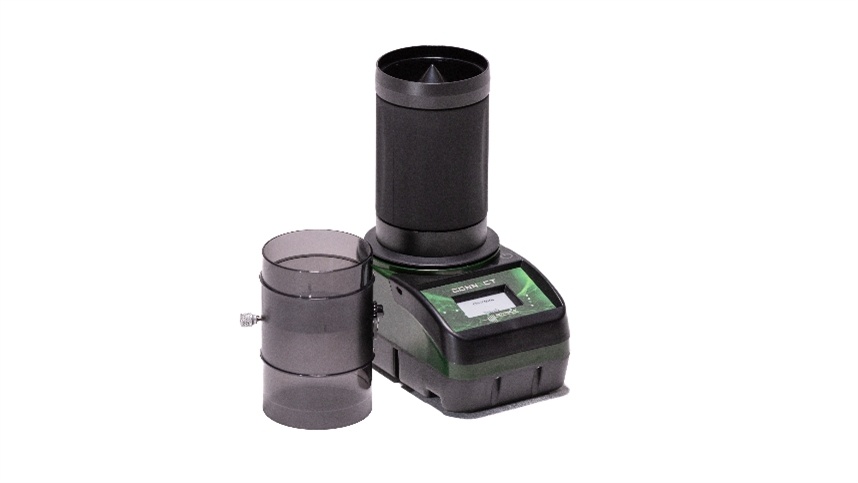Brazil’s total production estimate is 280,000 tons, over an area of 186,240 hectares.
The canola harvest in Brazil began this month, with Rio Grande do Sul standing out as the largest national producer, accounting for around 80% of production. With 179,000 hectares planted, the state expects to harvest about 269,000 tons this season, demonstrating the strength of the sector. The total production estimate for Brazil is 280,000 tons, over an area of 186,240 hectares.
Despite rains in the first half of the year and some frost episodes during flowering, the overall weather conditions did not significantly affect crop development. The expectation is that, with the end of winter and less rain, the remaining harvest will occur without major issues. The canola harvest should be carried out when the grain’s moisture content is around 18%.
According to Volnei Köche, Grain Classifier at Emater in Rio Grande do Sul, moisture is a key factor in ensuring grain quality. “The ideal moisture index for harvesting is 18%, but many producers face challenges in maintaining this parameter. In some cases, harvesting is rushed, with higher moisture levels, which can compromise the product’s quality,” explains Köche.
After harvesting, it is essential that canola be stored with a moisture content of 9% to avoid losses. To ensure accuracy in commercial grain transactions, such as canola, Emater-RS works with equipment approved by Inmetro. “We need to have security and know the equipment we use to determine grain moisture so that the canola reaches its destination without losses, maximizing efficiency,” Köche affirms. He emphasizes that proper moisture control is crucial for the final quality of canola since levels above the recommended can damage the grain, while excessive drying can cause weight loss, affecting the product’s yield. “The equipment must undergo rigorous quality and precision tests and be well-calibrated to ensure reliable measurements,” he added.
Köche also highlighted Rio Grande do Sul’s climatic variability, which plays an important role during the harvest. “In a single day, temperatures can range from 2°C in the morning to up to 20°C in the afternoon. These variations can interfere with equipment readings, making the correct use of technology even more important,” he warned.
Roney Smolareck, Agronomist and Institutional Relations Agent at Loc Solution, the company that owns Motomco, a leader in grain moisture meter manufacturing, emphasized that Motomco’s equipment guarantees precise and safe measurements, protecting commercial transactions and preventing losses for both sellers and buyers. “Moisture content directly influences the product’s final price.”
In August 2013, Inmetro published Ordinance No. 402, which approved the Technical Metrological Regulation (RTM) for grain moisture meters used in commercial transactions. “The publication of this ordinance brought more transparency to measurements for both producers and buyers,” said Smolareck.
Fernanda Rodrigues da Silva, Commercial Manager at Loc Solution, highlighted the importance of models being approved and verified by organizations such as Inmetro. “All grain moisture meters used in commercial transactions must be approved by Inmetro and verified by an organization of the Brazilian Legal Metrology and Quality Network, such as Ipem,” she concluded.
About Loc Solution/Motomco
Loc Solution, headquartered in Curitiba (PR), is the owner of the Motomco brand, renowned for its grain moisture meters. The company manufactures, sells, and rents these devices, being a reference in several agricultural regions of Brazil. Originally from Canada, the Motomco brand is the national leader in the grain moisture meter segment. For more information, visit motomco.com.br.
 Paraguai
Paraguai





